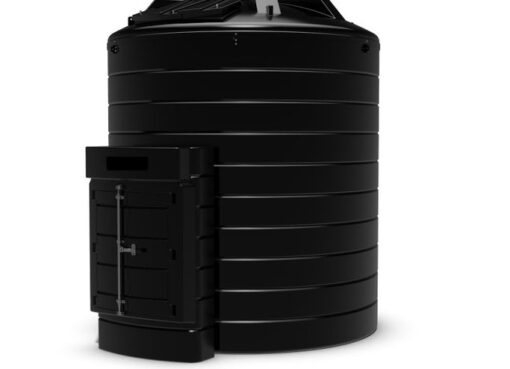Water quality probes are essential instruments used in environmental research to monitor and assess the quality of water in various bodies of water such as lakes, rivers, oceans, and groundwater. These probes are vital tools in understanding the impact of human activities, industrial processes, and natural events on water quality and the environment as a whole.
Key Functions of Water Quality Probes
One of the key functions of water quality probes is to measure various parameters that indicate the health and safety of water. These parameters include pH levels, dissolved oxygen, temperature, turbidity, conductivity, and levels of specific ions such as nitrates and phosphates. By measuring these parameters, researchers can determine if water is suitable for drinking, swimming, fishing, or supporting aquatic life.
Significance of pH and Dissolved Oxygen Levels
pH levels, for example, are crucial indicators of water quality as they can affect the solubility of minerals and the availability of nutrients to aquatic organisms. High or low pH levels can be harmful to aquatic life and can indicate the presence of pollutants such as acid rain or industrial waste in the water. Dissolved oxygen levels are another important parameter to monitor as they directly affect the respiration of aquatic organisms. Low oxygen levels can lead to fish kills and other negative impacts on aquatic ecosystems.
Temperature and Turbidity Measurements
Temperature is another critical parameter to measure as it can influence the growth rates of aquatic organisms, the solubility of gases, and the metabolic rates of aquatic organisms. Turbidity, or the cloudiness of water caused by suspended particles, can also affect water quality by reducing light penetration, altering temperature gradients, and providing surfaces for pollutants to attach to. Conductivity measures the ability of water to conduct an electric current, which is influenced by the presence of dissolved salts and minerals in the water.
Real-Time Data Collection
water quality probe are equipped with sensors that can accurately measure these parameters in real-time, providing researchers with valuable data on the health of water bodies. This data can be used to assess trends over time, detect pollution events, and inform decision-making processes related to water resource management and conservation efforts.
Collecting Water Samples for Laboratory Analysis
In addition to monitoring water quality parameters, water quality probes can also be used to collect water samples for laboratory analysis. These samples can be tested for a wide range of contaminants including heavy metals, pesticides, bacteria, and other pollutants that may pose a threat to human health and the environment. By combining in-situ measurements with laboratory analysis, researchers can gain a comprehensive understanding of water quality issues and develop effective strategies for addressing them.
Conclusion
Overall, water quality probes are key instruments for environmental research as they provide valuable insights into the health of water bodies, the impacts of human activities, and the effectiveness of conservation efforts. By utilizing these tools, researchers can work towards a sustainable future where clean and safe water is accessible to all living organisms.


